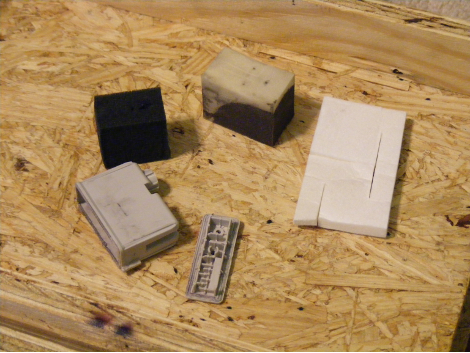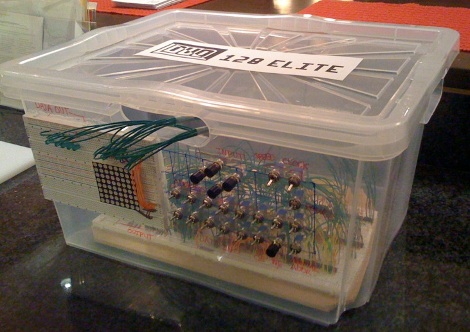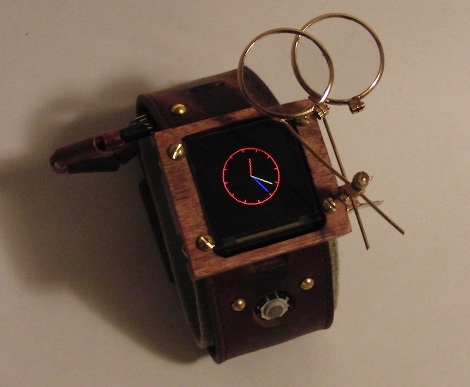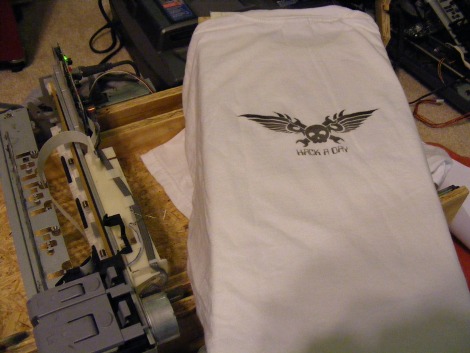
While we could be content following our “kiddie d-day” as [Caleb Kraft] suggested. We know you can’t continue such an awesome Friday without trying to blow yourself up first.
This Wiimote Rubens’ tube caught our eye. A PVC Aluminum irrigation pipe is drilled with holes and propane is pumped through. A speaker on one end creates changes in pressure and a neat light show follows suit. [ScaryBunnyMan] went further though, with a collection of software and a Wii Remote he “plays god” controlling the music, and thus, the fire. Check out a fun video after the split.
[Via Make]















